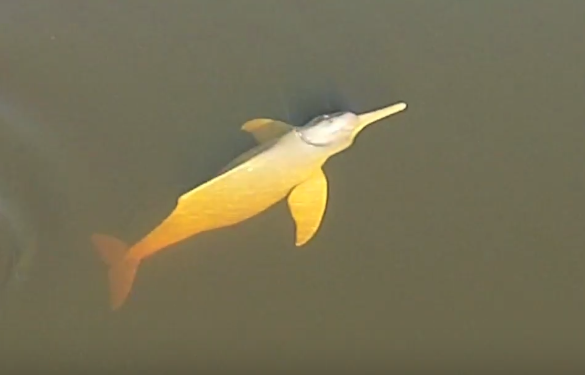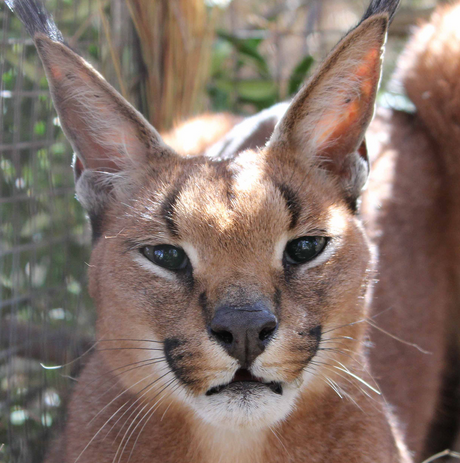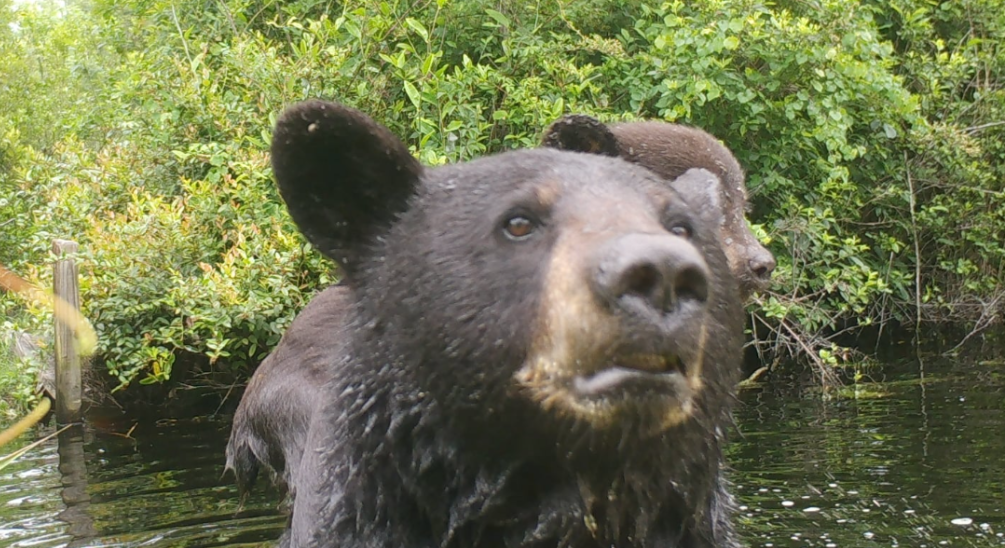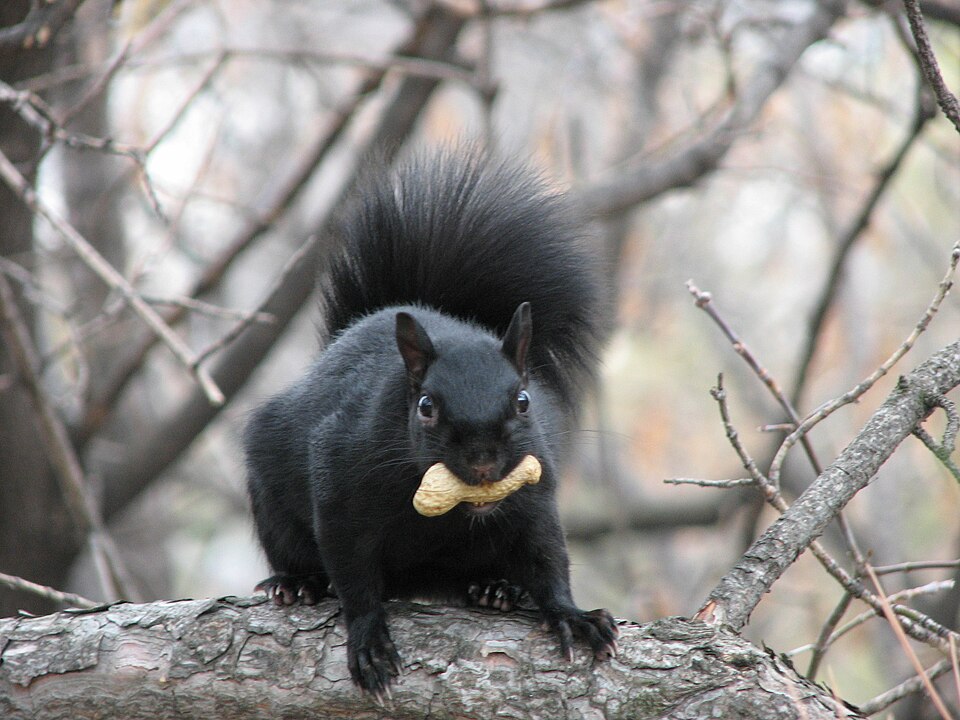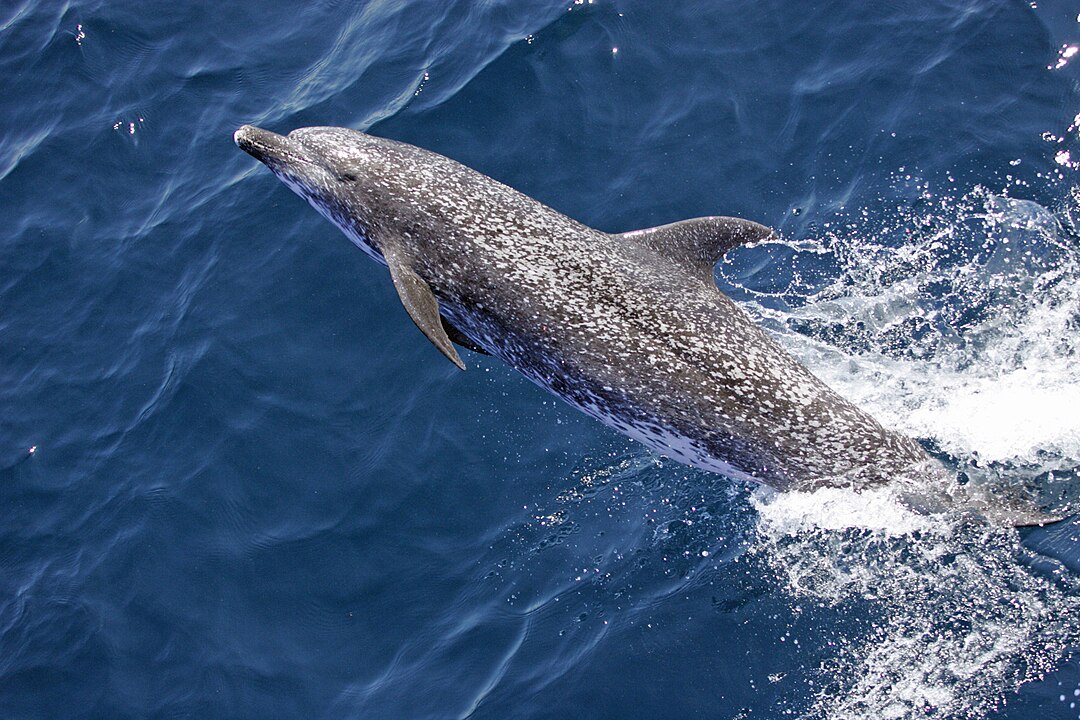Researchers have unveiled the first-ever health assessment of the Araguaian River dolphin, a rare grey and pink-colored species fighting for survival in Brazil’s rapidly changing waterways. These dolphins face threats from fishing, boat traffic, and habitat loss. But new findings suggest they’re holding their ground – for now.
A Tale of Two Habitats
Scientists carefully captured and released 24 dolphins from two locations: Cantão State Park, a protected oasis, and Luiz Alves, an area bustling with fishing boats. Surprisingly, dolphins from both areas showed similar body sizes, heart rates, and stress levels during check-ups. Adults measured up to 2.3 meters, or 7.5 feet, long, with males sporting pink patches and battle scars from social skirmishes.
Physical Traits: What Makes the Araguaian River Dolphin Unique
The Araguaian River dolphin (Inia araguaiaensis) was reported as a new species in 2014 and boasts distinct physical features that set it apart from its Amazonian cousins. While similar in size to Amazon River dolphins (Inia geoffrensis), Araguaian dolphins have more gray coloring and less pink overall. They also tend to inhabit shallower water and their Amazon cousins.

Credit: Nicole Dutra
Coloration Tells a Life Story
- Juveniles: Mostly dark gray with light pink bellies. Their sleek, dark-gray bodies might help them blend into murky river waters.
- Adult Females: Medium-gray skin with light pink patches on their bellies and sometimes the underside of their flippers.
- Adult Males: Lighter gray on their backs, with bright pink splashes along their sides and bellies. Males also display rake marks, scars from battles with other males.

Size and Shape
- Length: Ranged from 133 cm (4.4 ft) in calves to 230 cm (7.5 ft) in adults.
- Weight: Adults weighed between 78–108 kg (172–238 lbs).
- Body: Adults tended to have bodies about 100 cm (45 in) around.
Blood Tells a Hidden Story
While the dolphins looked equally healthy, blood tests revealed subtle differences. Dolphins in Luiz Alves had higher markers for liver stress and muscle damage. Importantly, key health benchmarks matched those of healthy Amazon River dolphins, showing the species shares a strong biological bond despite living in separate river systems. However, their blood work also hints at different habitats: lower levels of hemoglobin, used by the blood to transport oxygen, may reflect life frolicking in shallow waters, where deep dives are less common.
Why This Matters
With only scattered protected zones along the 2,600 km Araguaia River, this study offers conservationists some of the earliest information available about these elusive creatures. Understanding their biology is step one to saving them, researchers stress. But the clock is ticking: dams and deforestation continue to fracture their world.
What’s Next
Instituto Araguaia, dedicated to protecting the river where these dolphins thrive, has adopted the animals as a “flagship species” and uses drones and balloons to keep tabs on local pods.
With help from scientists, conservationists and the public, these pink ambassadors of Brazil’s rivers might just swim back from the brink.
***
“Comprehensive assessment of the physical and health features of the threatened Araguaian River dolphin Inia araguaiaensis.” Mello et al. PLOS One (2025).

